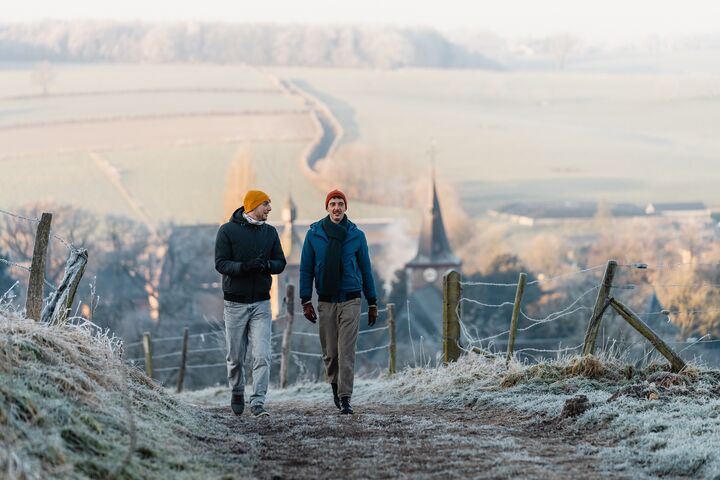When you walk through Flanders, keep your eyes and ears open. After all, the landscape tells many stories. Because one view of a witness hill, a spoil tip or a tumulus can say more than a thousand words. Discover the stories behind the hills of Flanders.
Flanders has a wealth of natural beauty, thanks to the polders and dunes, stream valleys and rivers, fields, forests and - last but not least - hills. These hills give the Flemish landscape its undulating character and make it an ideal walking backdrop. During a walk around the region, you will learn more about the stories behind these hills.
In the meantime, it’s clear: a hill is never ‘just a hill’. Each of these hills symbolises a wealth of stories. Stories which will only enrich your enjoyable walks.




